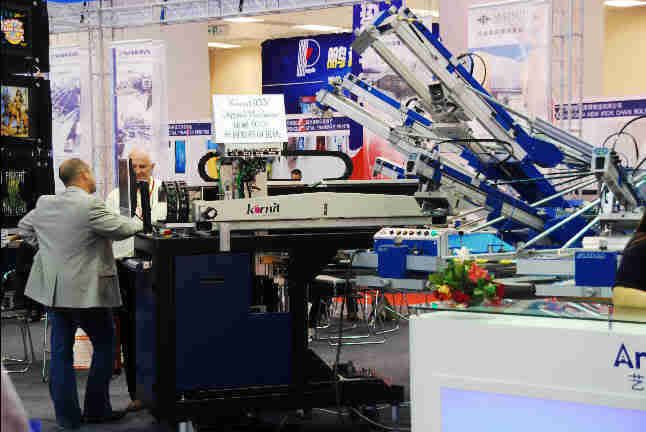Hi Everybody,
This is my first post in this forum, but actually I've browsing for nearly half a year.
Yesterday, I've just came back from Beijing, I've joint the ASGA Exhibition also I've seen the Kornit 933 in action.
Basically, the autopress is use to discharge the dark garment and print CMYK on the 933 unit, the other platens on the auto press give you more choice to print spot color. It seems that it's more industrial and professional.
The sample after discharge and print really give a soft hand feeling, and it doesn't need the white ink.also the curing time is much more faster, it only takes two minitues. For dark fabric, may be the speed is faster than the 931DS.
I'm going to purchase the 931DS, can anybody can give me some figure on the curing process. Such as the electricity and gas consumption, I don't believe the figure that the distributor given to me. I'm appreciated if those the members can give me some valueable information.
![Image]()


